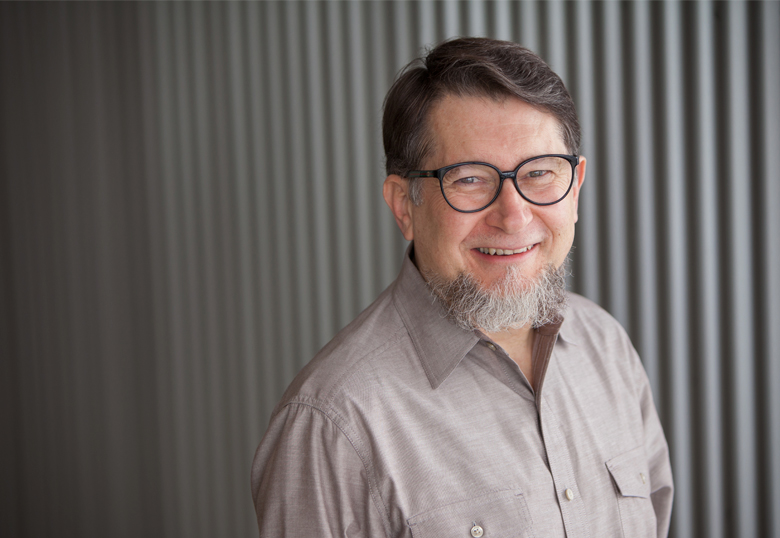As the end of the school year approaches, parents may be registering their children for science and sports camps to keep them occupied during the lazy, hazy days of summer.
While structured activities like summer camps can be a positive experience, University of Lethbridge neuroscientist Dr. Sergio Pellis says unstructured time is also extremely important to a child’s brain development.
“There are multiple forms of play. You can play with objects or you can run around by yourself or you can interact socially in a playful way. There’s a pretty good body of work, particularly on primates, showing that if you spend more time engaged in social play then all kinds of brain areas tend to increase in size,” he says.

Playing with other children turns out to be quite a demanding task. First of all, the children have to figure out what they’re going to do together and how they’ll do it. Then they have to determine what rules they’ll follow and what happens when someone breaks the rules.
“All this decision-making involves all levels of the brain. What we’ve shown in rats is that the experience of social play has the effect of modifying certain areas of the frontal cortex,” he says. “The results are pretty convincing now showing that social play provides feedback on training up the brain to be able to deal with all kinds of unexpected situations.”
The prefrontal cortex area of the brain is where executive function resides. It’s critical in impulse control, decision-making, planning, paying attention and negotiating relationships, all the skills that are important in a classroom.
In rats, monkeys and human boys, most social play is of the rough-and-tumble variety. Girls don’t engage in as much roughhousing but they still play in a social way. Both types of social play require negotiation, monitoring and execution, including how to deal with someone who’s not playing fairly, all of which are functions of the prefrontal cortex.
“The core thing kids need is that freedom to negotiate their relationship and their activities together,” says Pellis. “Structured activities, particularly sports camps, are good because the kids engage in a lot of energy-burning activity, which, given the growing incidence of childhood obesity, is a good thing. But, from the point of view of the best way of also training up the kids’ brains, structured activities don’t create many opportunities for kids to freely engage in playful activities of their choice.”
Pellis advises parents to strike a balance between structured and unstructured play, taking their child’s unique characteristics into account.
“If a child has many friends and is spending a lot of time engaging in free play, then a parent may want to encourage participation in a structured activity,” says Pellis. “Or if a child spends a lot of time doing something structured, then a parent could suggest their child just hang out with a friend.”
Social media tools like Facebook can also play a role if children use them to interact with others, although face-to-face contact is preferable because the facial cues and nonverbal behaviour that come with interactions also helps develop the brain’s prefrontal cortex.
Playgrounds work well for younger children who are more content to play alongside each other. Children become more interested in interacting with their peers when they become three or four years old and by the time a child is five the majority of play is social. The use of resources like playgrounds should be encouraged in a strategic manner, taking into account the age and predilections of individual children. As much as possible, children should be encouraged to make their own decisions about how to use such resources.
